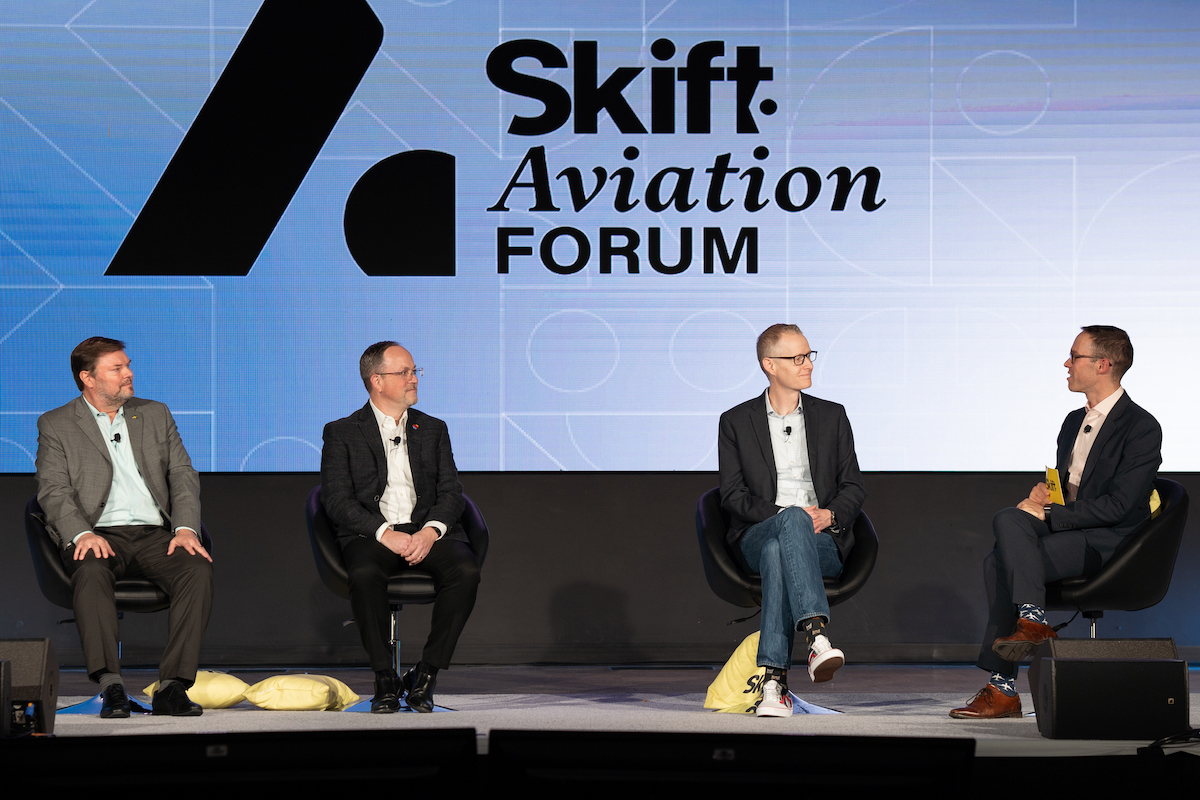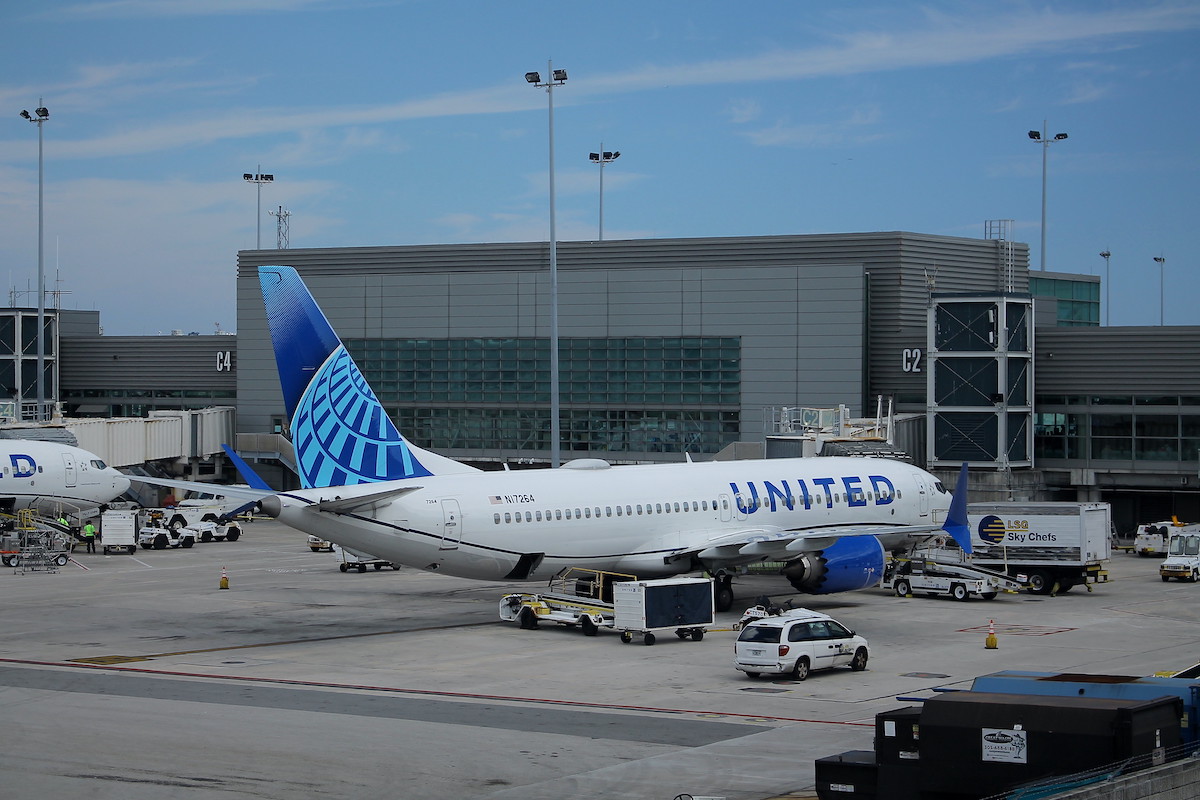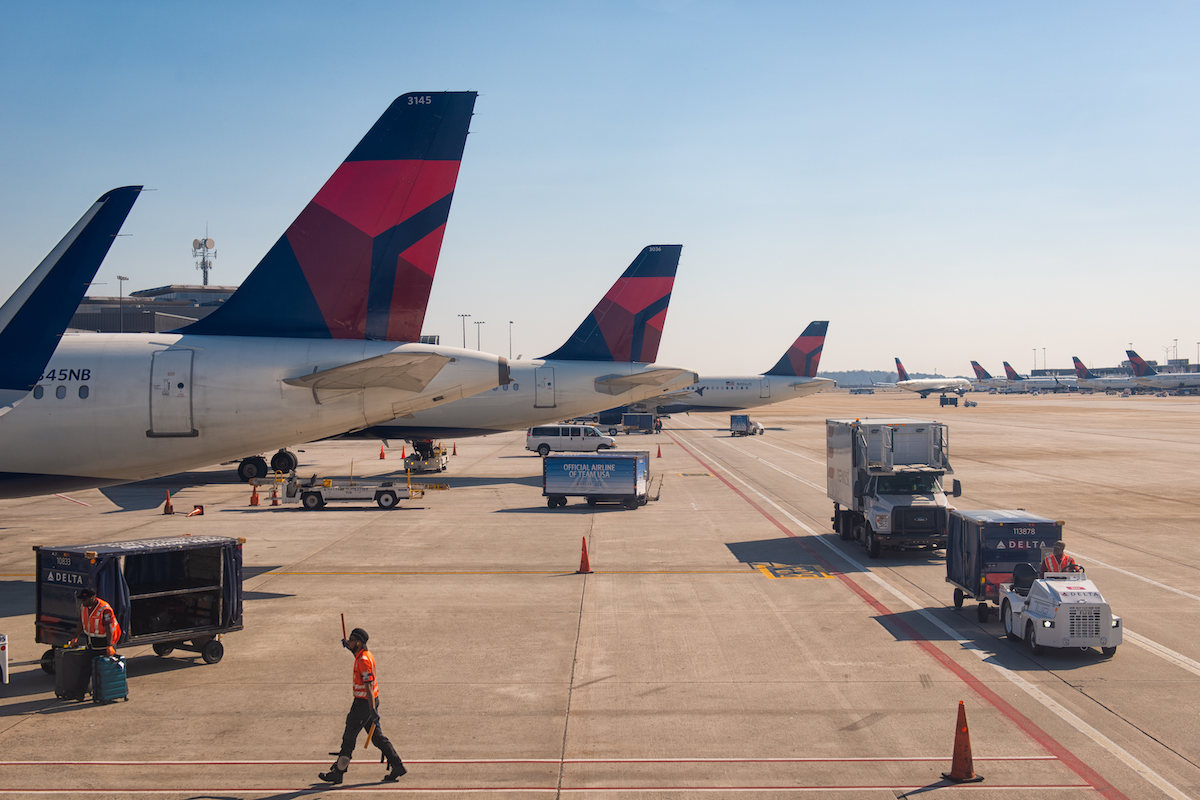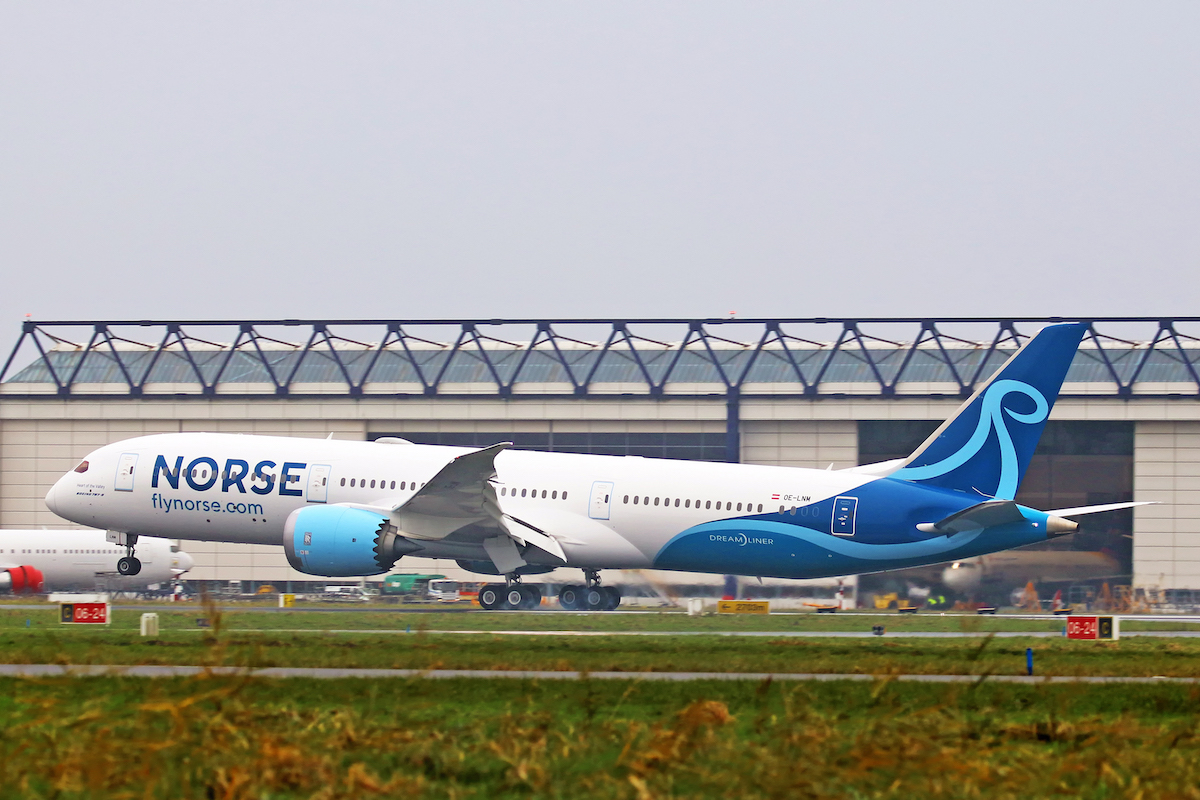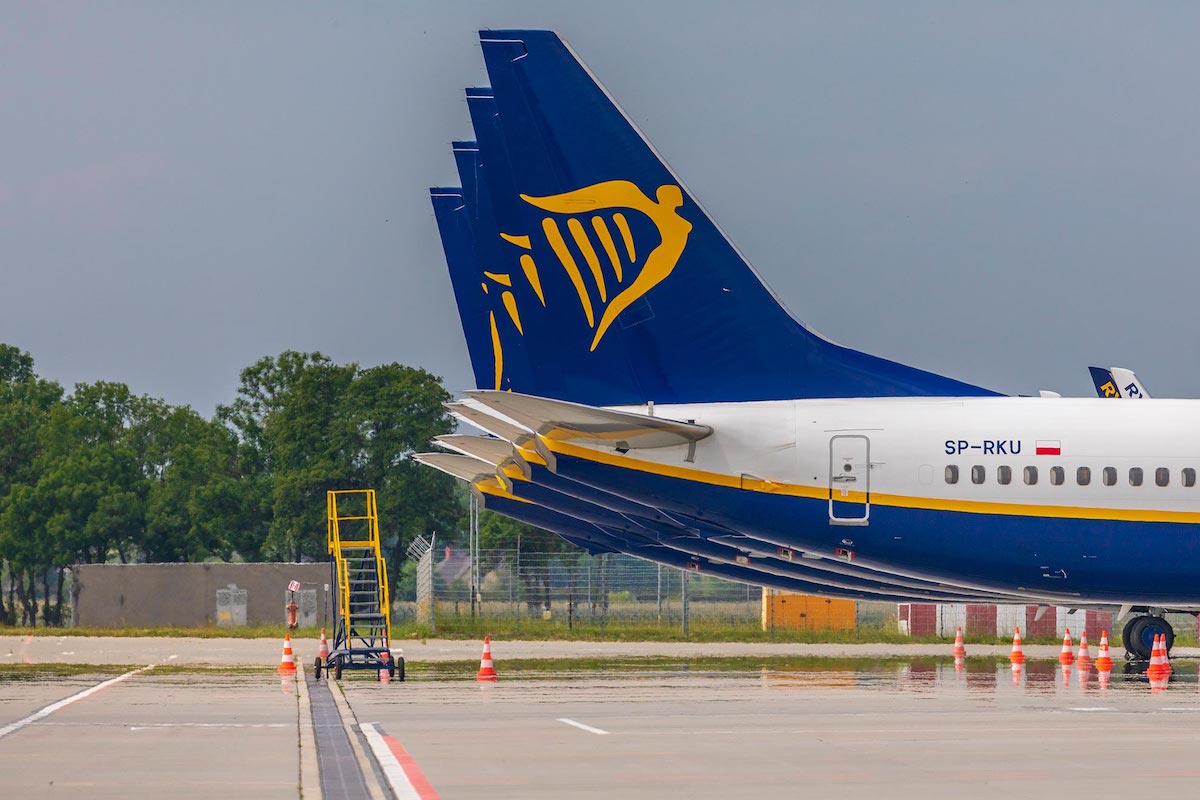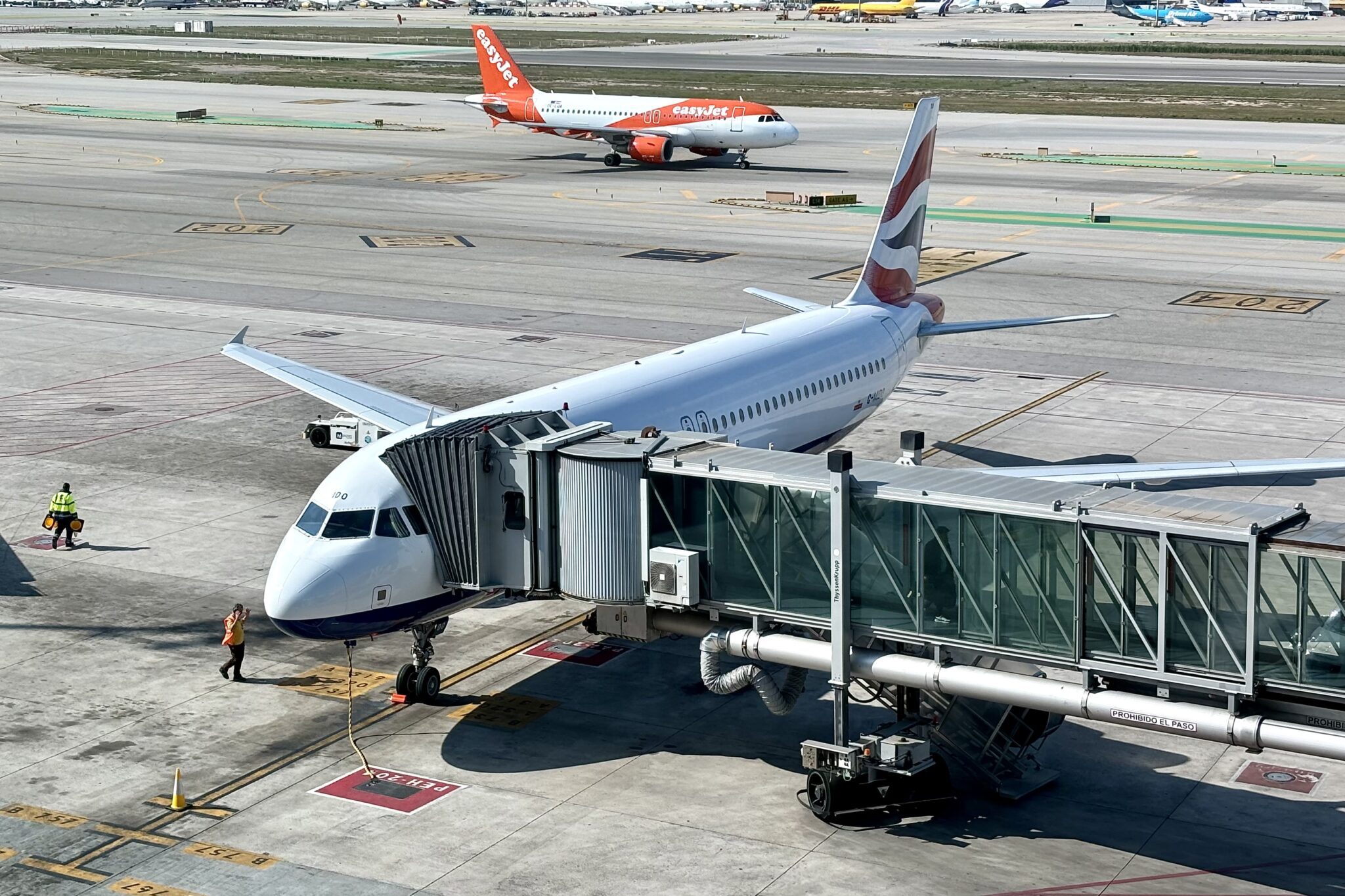Leaders from across the global aviation sector gathered in Dallas this week, at the inaugural in-person Skift Aviation Forum co-hosted with Dallas-Fort Worth airport. The prevailing sentiment was simultaneously upbeat and uneasy. Participants pleased with current demand conditions but concerned about challenges ranging from cost inflation to labor and aircraft shortages.
Here are five key takeaways from the event:
- Demand for air travel is extremely strong coming out of the Covid pandemic. But it looks somewhat different than it did before the crisis. There’s no question that people want to fly after two-plus years grounded by Covid. Businesses too, are eagerly getting back in the air, never mind the merits of virtual meetings. But airlines from American Airlines, an industry giant, to Spirit Airlines, a low-cost player, say travel patterns have changed. Demand, said American CEO Robert Isom, has become “more spread out” across days and seasons. More people are traveling on Tuesdays and Wednesdays, for example. September, typically a slow month for many markets, was extremely busy this year. The change coincides with the advent of more flexible work schedules, encouraging people to take “blended” trips for both leisure and business combined. Sun Country Airlines’ Jude Bricker, however, warned about too hastily drawing definitive lessons from the current trend: “We’re seven months into the recovery. So everybody just pump the brakes a little bit on making forever judgements off seven months of data.” Bricker thinks the sudden proclivity for travelling on offpeak days may simply reflect a shortage of seats relative to demand, driving up fares. “I believe many people are travelling on Tuesday today because they can’t afford to travel on the weekend. Peak fares are still really high compared to offpeak fares.”
- For airlines and their stakeholders, the risks are many. Throughout the forum, speakers tempered their enthusiasm about strong demand with warnings about the future. One worry is the economy, with inflation pressuring household and company finances alike. Some like Azul CEO John Rodgerson spoke of currency concerns, specifically the strong U.S. dollar which makes it more expensive for Brazilians and others to travel abroad. The strong dollar is also a cost headwind for non-U.S. airlines, one manifestation of the airline industry’s own struggles with inflation. High fuel costs are certainly weighing on the industry. So are rapidly rising labor costs. The latter reflects a shortage of aviation workers, most importantly pilots. Also in short supply are aircraft, caused by supply chain and regulatory headaches at Airbus and Boeing. Steven Udvar-Hazy of Air Lease Corp. says some of his aircraft are arriving six-to-seven months late (imagine a highly seasonal European airline not getting planes in time to take advantage of the summer peak). Airlines face shortages of airport and air traffic control capacity too.
- Airlines have mostly overcome their spring and summer operational challenges. “We’re ready,” said American’s Isom, responding to a question about the ability of his airline to handle the Thanksgiving rush. The fact is, airlines were not ready for the sudden resurgence in travel that began this spring, having witnessed many false starts in the preceding months. A budding recovery in late 2021 was curtailed by Covid’s Delta variant. Another in early 2022 was checked by Omicron. So many carriers were caught flat-footed, with too few planes and people on hand. Delays and cancellations became headline news. By the fall, however, a combination of capacity cutting and aggressive hiring helped stabilize the situation, and schedule disruptions have declined significantly. One effect of cutting capacity though, is that fares are much higher now than they were pre-pandemic. Operational challenges, to be sure, still remain. Spirit, for one, talked about air traffic control congestion in Florida. Bricker and others stressed the difficulties associated with pilot training backlogs.
- Technology is changing the industry: Azul’s Rodgerson, for one, spoke of the tendency for airlines to invest heavily in planes but neglect investments in technology. Activity is building though. The chief customer officers at both Delta Air Lines and United Airlines shared ways in which tech initiatives are making life easier for their passengers. They include things as simple as more functional mobile apps, for example, as well as things like Delta’s “parallel reality” trials at its Detroit hub — this enables multiple customers to look at a single boarding screen and only see their own personal information. Airports too, are adopting new technologies to improve passenger throughout — biometric boarding, for example. Expedia, a major distributor of airline tickets, has its own tech solutions in development. More speculative is the future of electric vertical takeoff and landing, or eVTOL, aircraft envisioned for use as air taxis for commuting to airports. Sean Donohue, CEO of DFW airport, says his organization — with help of McKinsey — is preparing for the advent of eVTOLs. But many uncertainties linger, like how to get passengers from the aircraft to their correct terminal — DFW has five of them. The planes will also use “a tremendous amount of power” that the electricity grid will need to support. Donohue also wonders about the economics of planes seating just four or five people. “How much do you want to put into infrastructure to facilitate the movement of five or six people.” Even if there are 100 flights a day, that’s only 500 to 600 people, or about 200,000 people a year. In 2019, DFW airport handled 75 million people.
- The challenge of creating sustainable aviation looms ever larger. “There are no easy or short-term solutions. We’re all just trying to figure it out together.” So said Delta’s Vice President for Sustainability Amelia DeLuca, on a panel at the event entitled “Sustainability Roadmaps and the New Path to Net Zero.” The fact remains that aviation is a hard-to-abate sector in terms of carbon reduction, with fuel emissions responsible for the vast majority of those emissions. The problem is, electric airplanes make sense — maybe — for just the very smallest of commercial planes. And alternatives to hydrocarbon-based jet fuel, though they exist, do so in negligible quantities. As DFW’s Donohue noted, sustainable aviation fuels (SAF) aren’t even available yet at non-coastal city airports. Nevertheless, the industry is banking on SAF to provide a big part of the solution over time, hopefully aided by scaled up production and government incentives. Interestingly, John Thomas of the startup Connect Airways discussed his plans for hydrogen-powered regional planes (ATR turboprops, specifically). Sustainability efforts, however, are not limited to aircraft propulsion. Donohue, for one, talked about the use of renewable wind power at DFW. Corporations, meanwhile, have their own goals to cut emissions, often by reducing their carbon footprint while traveling. But ultimately, cleaner fuel is the key to addressing the problem. “The good news,” said DeLuca, “is I know what the problem is. The problem is jet fuel … The bad news is that there’s literally no solution for that today at scale.”
